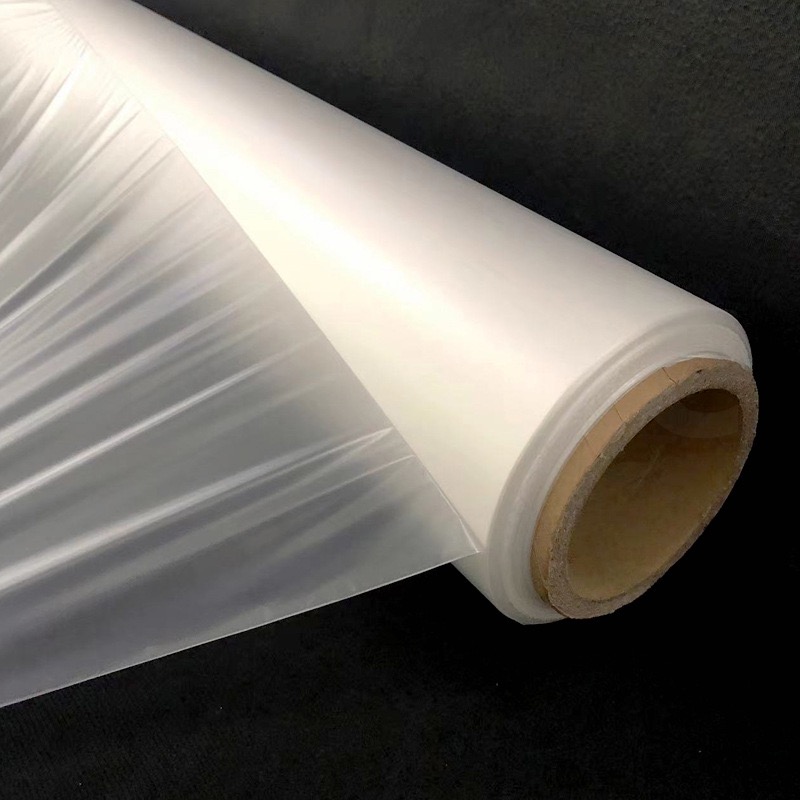When considering materials for high-performance fabrics, especially in applications requiring waterproofing, breathability, and flexibility, the thickness of the membrane plays a crucial role. TPU, PU, PTFE, and TPEE blackout membranes, typically ranging from 8 to 30 microns in thickness, offer distinct advantages depending on their specific thicknesses. Whether you’re designing extreme outdoor sportswear, durable luggage, or soundproof automotive fabrics, the choice of thickness affects not only the fabric's weight and flexibility but also its overall waterproofing capabilities.
Thinner membranes, such as those around 8-12 microns, are typically lighter and more flexible. These ultrathin layers are ideal when the goal is to maintain high breathability without compromising on waterproof performance. For example, in sportswear or performance clothing, the lightness of thinner TPU or PU membranes ensures that wearers experience enhanced movement and comfort, even during high-intensity activities. Thinner materials are less bulky, meaning that clothing and gear remain agile, and there’s less restriction of airflow, which is crucial in maintaining comfort in warmer or more active environments. Despite being lightweight, these membranes still provide solid waterproofing—typically tested to 8000mm to 10000mm H2O—making them perfect for moderate weather conditions.
On the other hand, thicker membranes (ranging from 20-30 microns) provide superior durability, greater insulation, and higher water resistance. These are often used in harsher environments where long-lasting performance and resistance to external pressures are paramount. A thicker PTFE or TPEE membrane, for instance, offers enhanced resistance to wear and tear, making it suitable for applications like automotive fabric or durable outdoor furniture. In addition to being more robust, these thicker membranes also provide increased waterproofing (with ratings up to 20000mm H2O), making them ideal for heavy rainfall or extreme weather conditions. While they are slightly less flexible than their thinner counterparts, advances in lamination and processing techniques ensure that the increased thickness doesn’t come at the expense of comfort.

For products that require a balance of both performance and strength, multi-layer blackout membranes—such as the combination of black and white or black-silver configurations—offer even more versatility. These multilayer designs not only enhance waterproofing and strength but also contribute to the material's ability to block out light and sound. The multiple layers provide a unique balance of insulation, making them perfect for use in sound-absorbing car fabrics or specialized urban gear where both functionality and aesthetics are key. The thickness variations between layers in these multilayer membranes ensure that different performance needs—such as resistance to UV, chemicals, and oil—are met, making them suitable for a wide range of multi-purpose applications.
In summary, the thickness of TPU, PU, PTFE, and TPEE blackout membranes is a defining characteristic that directly impacts the material’s performance. From offering lightweight, flexible, and breathable properties in thinner membranes to providing enhanced durability, waterproofing, and insulation in thicker ones, the right choice of membrane thickness depends largely on the intended application. Whether it’s creating high-performance clothing, rugged outdoor gear, or durable automotive fabrics, understanding the impact of thickness variations ensures that the right balance of comfort, flexibility, and protection is achieved.


 English
English CN
CN













